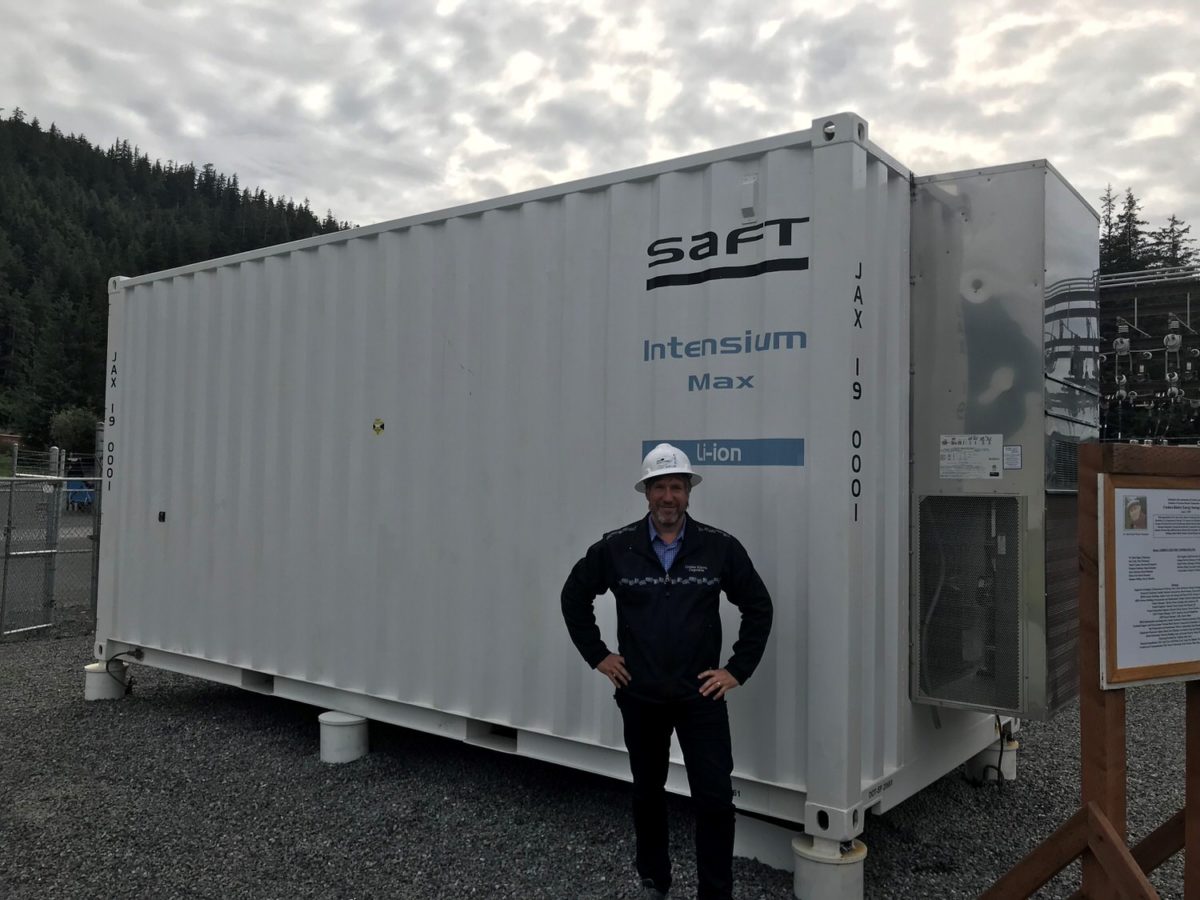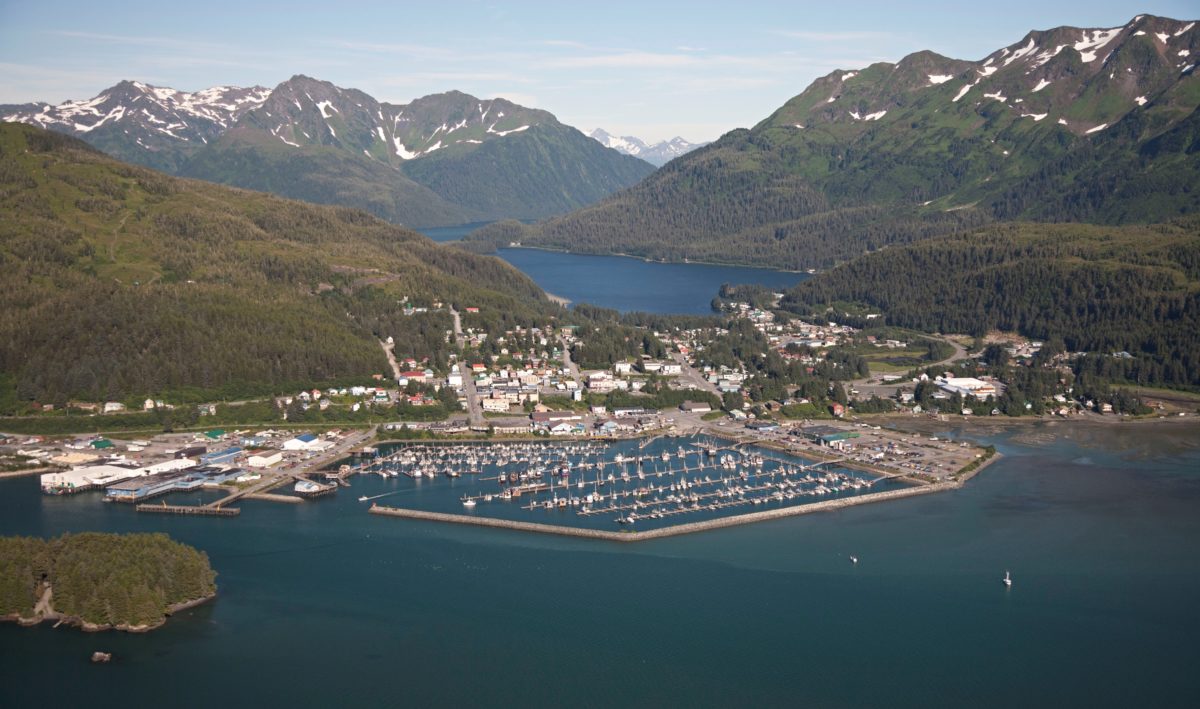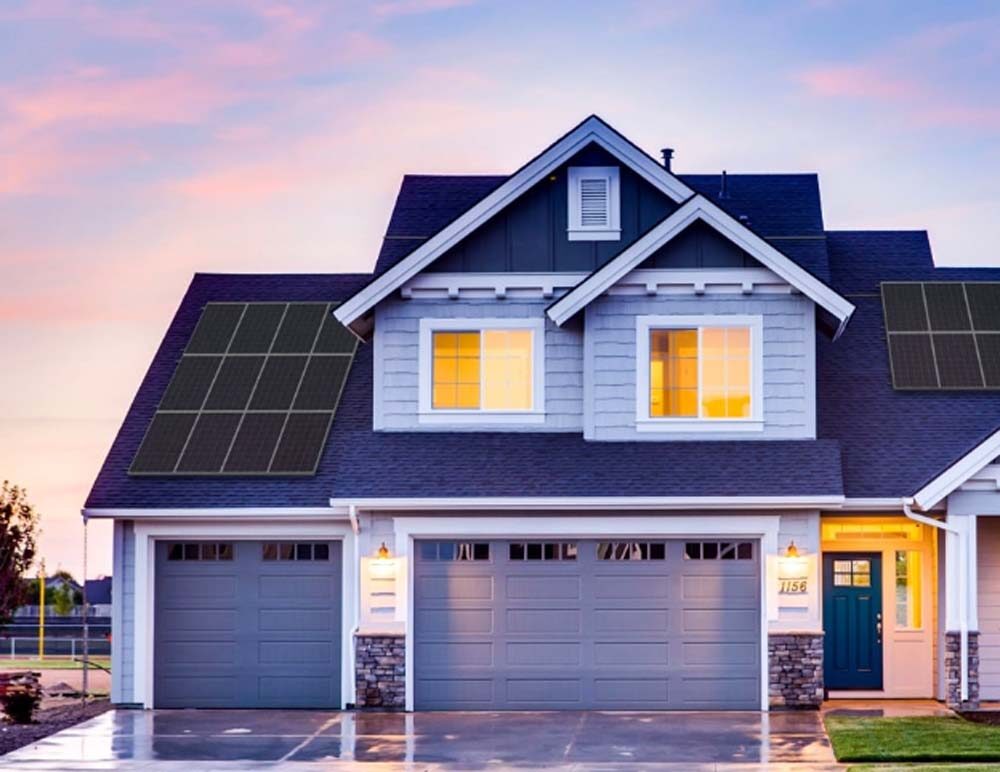Isolated from the rest of the country on the west edge of Prince William Sound and accessible only by boat or plane lies Cordova, Alaska, a small town of 2,200. What the town lacks in size and accessibility, it makes up for in industry, as the town is the 11th-largest seafood producing area in the United States, a venture that brings in around $100 million a year for the community.
It also may just be the most remote area in the United States to have periods of 100% renewable electricity.
Being so remote, Cordova has no connection at all to the larger grid, meaning that if the power goes out, it’s out until the problem is fixed. For years, the community relied on Cordova Electric Cooperative’s mixture of diesel generation (totaling 2 MW) and 7.25 MW of hydroelectric generation across two projects. And, while the hydro provided a cheap and clean way to meet most of the community’s power needs, it was not a constant and switching to or supplementing with diesel could cost as much as 10 times more per kWh.
That’s why Clay Koplin, CEO of the Cordova Electric Cooperative and mayor of the town, decided it was time to make a change. In 2016, the town began the steps towards what would become its 1 MW/1-MWh battery system.

Image: Cordova Electric Cooperative
Developed by Saft and using power electronics from ABB, the system provides frequency regulation, load following, emergency supply and diesel arbitrage.
The system began operation in July 2019 and since then has been able to drastically cut down on the community’s reliance on diesel generation. In November, the community reached 94% hydropower generation, followed by 86% in December. A cold, dry winter followed, but the system was able to pick right back up where it left off in April, allowing the community to go 100% powered by hydro three weeks ahead of schedule.
This is not to say that Cordova no longer has need for diesel, rather just a drastically reduced reliance. When fish processing is in season, demand can outpace hydro generation alone, meaning that the diesel generator has to be turned on to meet this demand. Additionally, the generator turns on when the battery falls below a 30% state of charge.
And while part of the pride for the community of Cordova is cutting back its reliance on fossil fuels, the savings are not to be ignored. Getting fuel to such a remote location can cause the fuel to cost up to 10 times as much as hydro generation — 6¢/kWh for hydro, compared to 60¢/kWh for diesel. In truth, the fuel represents only half the cost for diesel, with diesel runtime and maintenance costs making up the difference.
The Cordova Electric Cooperative estimates that the system saves $500/hour and that it has contributed $52,500 in savings to date.
This content is protected by copyright and may not be reused. If you want to cooperate with us and would like to reuse some of our content, please contact: editors@pv-magazine.com.









Let’s not forget that there is another energy storage in use here for a long time before the battery system. It is the natural storage system provided by the watershed that supplies water to the hydro. The hydro’s solar powered watershed storage is multi-purpose unlike the battery and is a natural and truly renewable storage system also unlike the battery. Hydro should be given more credit for tapping into the natural water cycle to harvest this natural resource.
Just shows, that the hydro is quite cheap for 80% of the time, it’s that lousy 20% that costs so much and can be unreliable, depending on what’s going on in the World today.